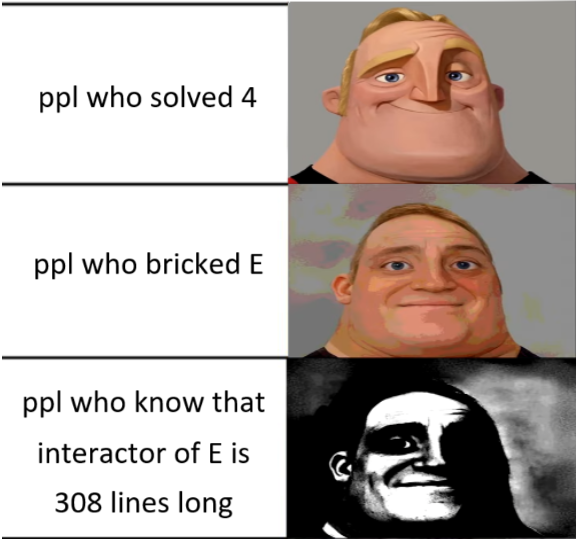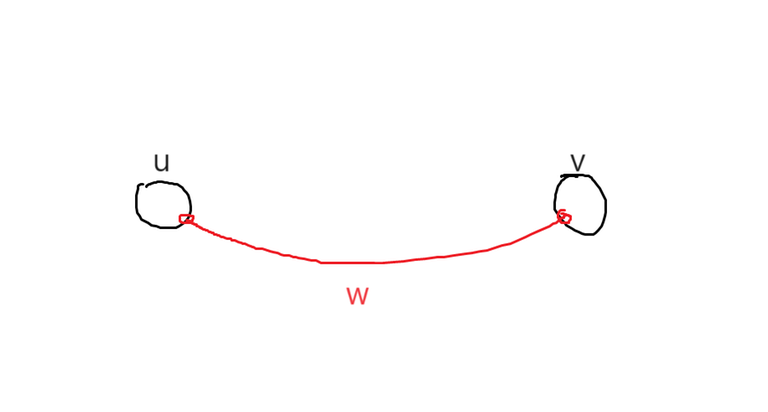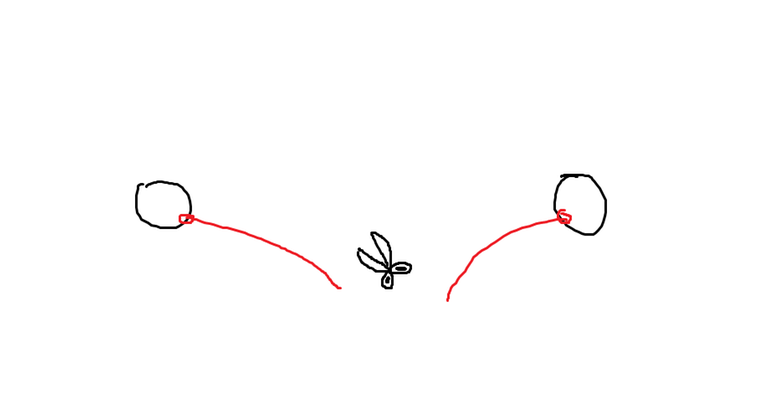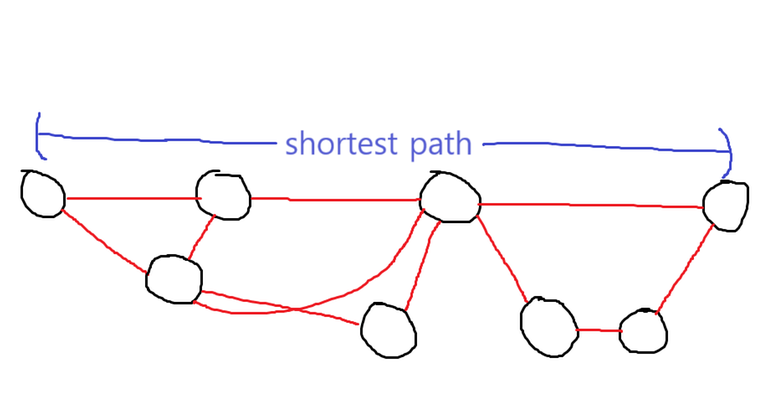Well, that was a blast, certainly. I hope that you... learned a lot from the contest. I wouldn't say "enjoy the contest", I know most of you hate geometry, I get you. But please do remember that, at least I did try my best to make every problem as high quality as possible. Like, if you don't get familiar with thinking about geometry now, you might never get familiar with it in the future. Though I apologize that E was quite hard, I suggest you to upsolve or read the editorials of the tasks you could not solve. I am telling you, it will be an experience that will make you improve much more from now.
Solution codes will be posted after the open hack phase. They are now added.

















